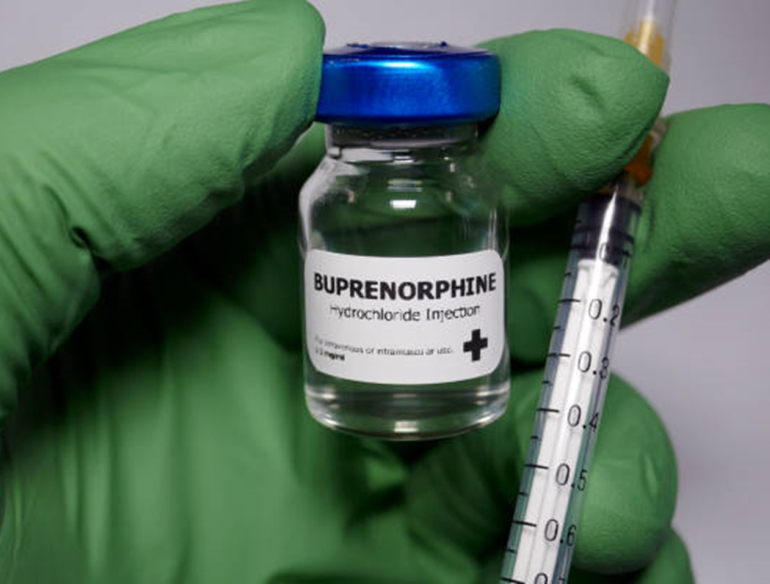Opioid dependence is common in prison populations world-wide. Transition to the community is characterised by high rates of overdose death and return to custody is also common. Continuation of opioid agonist treatment (OAT) post release reduces the risk of overdose and re-incarceration. Reducing recidivism in the prison population is one of the NSW Premier’s Priorities. While depot-BPN is being prescribed in NSW custodial settings, it is unknown whether patients are retained in treatment after release.
Utilising a mixed-methods approach this study prospectively follows people prescribed OAT as they transition from prison to community-based treatment. The study comprises six primary components:
- Follow up of people recruited in custody or soon after release followed-up at three months;
- Qualitative in-depth interviews with patients who drop out of treatment;
- Prospective data linkage with service-level health and administrative datasets;
- Consultation with treatment providers, consumers and other stakeholders;
- Prospective linkage of Justice Health and Forensic Mental Health Network data to state-level health and medical datasets and;
- Costs-consequences evaluation of depot buprenorphine and methadone.
This prospective observational study follows patients prescribed OAT released from custody, both administratively and face-to-face, to determine the comparative effectiveness of treatment. The project will compare outcomes with patients released on depot buprenorphine compared to methadone, measuring 1) retention in treatment; 2) reduction in crime (remaining out of custody) and 3) reduction in substance use.
Results will improve knowledge regarding care for patients with opioid dependence released from prison, including the effectiveness of depot-BPN relative to oral methadone by comparing retention in drug treatment post-release and documenting barriers and facilitators of retention, comparing substance use, overdose, mortality, other health outcomes, and return to custody, and assessing the costs-consequences of these interventions.
Centre of Research Excellence: Indigenous Health and Alcohol, Faculty of Health and Medicine, The University of Sydney; Drug and Alcohol Clinical Services, Hunter New England Local Health District; Drug and Alcohol Services, Justice Health and Forensic Mental Health Network; Drug and Alcohol Services, South Eastern Sydney Local Health District; Drug Health Services, Central Coast Local Health District; Drug Health Services, South Western Sydney Local Health District; Drug Health Services, Sydney Local Health District; Drug Health Services, Western NSW Local Health District; Drug Health Services, Western Sydney Local Health District; NDARC UNSW Medicine, UNSW Sydney; St. Vincent’s Hospital Sydney, Alcohol & Drug Service; School of Medicine & Public Health, Faculty of Health University of Newcastle.
NSW Health Translational Research Grants Scheme.

